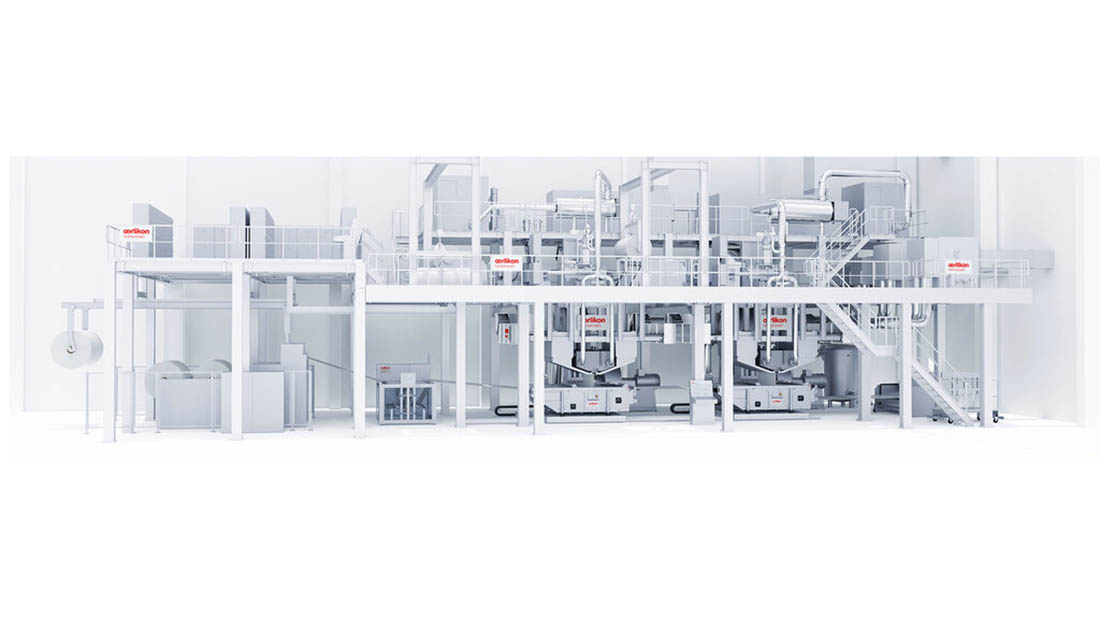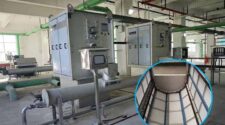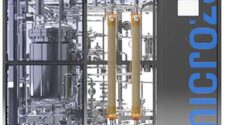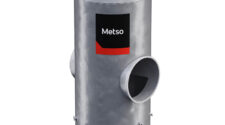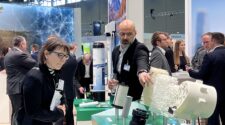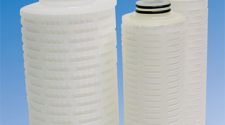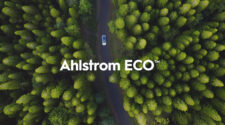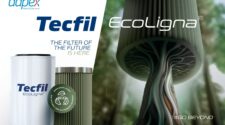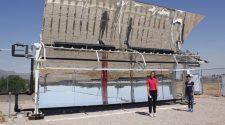Oerlikon Nonwoven is exhibiting at INDEX in Geneva, Switzerland, Oct 19-22, 2021 (booth #2314), focusing on market- and customer-oriented system solutions for filtration, hygiene, medical, geotextile and other industrial applications.
Oerlikon Nonwoven’s meltblown technology handles polymers used to produce the filter media and membranes. The spectrum ranges from classical polyolefins (PP, PE), PET, PLA, PBT and PA all the way through to special plastics such as PPS and TPU. All these and other raw materials can be reliably processed using the Oerlikon Nonwoven meltblown procedures. And the ecuTEC+ electro-charging unit electrostatically charges filter media in order to further increase filter efficiency. It distinguishes itself from other concepts currently available on the market as a result of its extreme flexibility. Users can choose from numerous possible variations and to set the optimum charge intensity for their respective filter applications.
Oerlikon Nonwoven also offers specialized spunbond processes for producing nonwoven substrates for roofing underlays (PP or PET spunbonds) and so-called bitumen roofing substrates (needled PET spunbonds) for bitumen roofing membranes.
Furthermore, spunbond products are also becoming increasingly important in filtration applications – both as backing materials for filter media and as the filter media themselves. A flexible nonwoven structure permits the inclusion of customer-specific requirements for various functions. It is Oerlikon Nonwoven’s many years of core-sheath bi-component experience in particular that enable the creation of completely new nonwoven structures and hence the incorporation of various functions in a single material. The core-sheath bi-component spinning process permits various combined fiber cross-sections and also simultaneously different fibers to be produced from a single or different polymers. The spectrum ranges from core-sheath and side-by-side bi-component filaments, splitable fibers all the way through to so-called mixed fibers.


